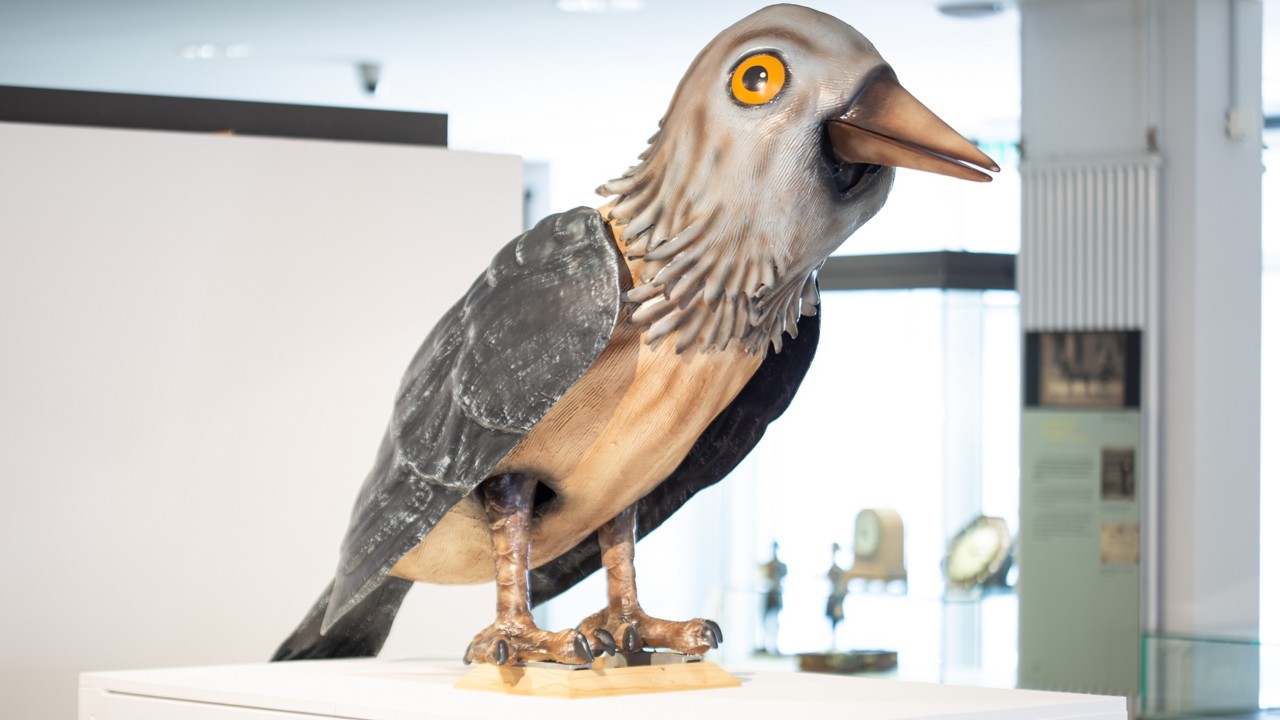
Cuckoo clock
Almost everyone knows it, and many even have it hanging in their homes: the cuckoo clock. But why is the cuckoo clock so well known? Opinions differ as to who invented it. However, one thing is certain: as early as 1840, there were around 1,000 clockmakers in the Black Forest. An almost unbroken period of success continued from then until the present day.
- The success of Black Forest clocks:
- They were cheap. “In the first half of the 19th century, one in three clocks around the world came from the Black Forest,” explains Johannes Graf, a research assistant at the German Clock Museum in Furtwangen. Outside of England and France, America and Russia were the main sales areas.
- The beginnings of Black Forest clock production likely date back to the second half of the 17th century. "By the mid-18th century, efficient trading companies had already formed, which then sold these clocks all over the world," says Graf. In the 19th century, a wagon loaded with clocks would leave stockyards in Triberg, Furtwangen, Neustadt, and Lenzkirch every week, going to Strasbourg. From there, shipping firm J. M. Widt would send the clocks to almost every country in the world.
Upon arrival, Black Forest clock dealers then set out on foot. The clocks’ popularity was due to their low price. They were wooden, as the construction of metal clocks was a prerogative of the guilds. In addition, the clock workshops between Triberg in the central Black Forest and Lenzkirch in the southern Black Forest relied on a division of labour and extremely effective distribution, as special routes had already been opened by the glassworks industry.
England was the top market, with mid-19th century London home to more than 200 Black Forest clockmakers. Provided their businesses were doing well, many traders set up clock shops abroad. Andreas Schwär from Schönbachhof, St. Peter, for example, owned a large clock shop in London's East Street, and the Kleysers from Rötenbach ran an established shop in the High Street.

To the cuckoo with the clock: Experience over 1,000 clocks and everything about the cuckoo clock in the German Clock Museum!
Clock Museum Furtwangen© Chris Keller / STG
In 1840, there were 1,000 clockmakers in the Black Forest
The first Black Forest wooden clocks were most likely made in the latter half of the 17th century. In around 1840, there were about 1,000 clockmaker’s workshops in the Black Forest between St. Georgen and Lenzkirch, employing some 5,000 people. About 600,000 wooden clocks were produced each year. In 1850, the first clockmaking school was opened in Furtwangen to better train apprentices. After 1850, the first clock factories were developed. In the mid-19th century, overproduction led to a drastic drop in prices. At the beginning of the 20th century, Junghans in Schramberg was the largest clock factory in the world. In the last decades of the 20th century, however, most of the Black Forest clock factories were forced to close, with production shifting to the Far East. Today, clock production in the Black Forest is mainly a specialised, niche industry. In addition to the world-famous cuckoo clock, these include handmade wristwatches and designer clocks, grandfather clocks, and jewellery watches in all styles.
The German Clock Museum in Furtwangen has a special guest: an imposing cuckoo which announces the quarters of the hour. As is usual with cuckoo clocks, you can rely on its sense of time and wait for the cue. Whether or not this cuckoo actually likes to be the world's largest remains to be seen, but you can certainly get very close to it to look at it and take photos!

Our tips
cuckoo clock tips
Can't get enough of the cuckoo? We have put together the best tips for you to get to know this icon of the Black Forest even better.
{{=it.label.text}}
{{=it.label.author}}




